
The Douglas A-4 Skyhawk: A Legacy of Versatility and Success in Aviation
With a history spanning over half a century, the Douglas A-4 Skyhawk stands as a testament to innovation, adaptability, and military aviation success. Originally designed for the U.S. Navy and Marine Corps, this aircraft’s impact has reverberated across the globe, earning it a place of honor in the skies. Boasting a multitude of variants tailored to diverse needs, the A-4 Skyhawk’s speed, maneuverability, and cost-effectiveness have solidified its status as a true aerial powerhouse.
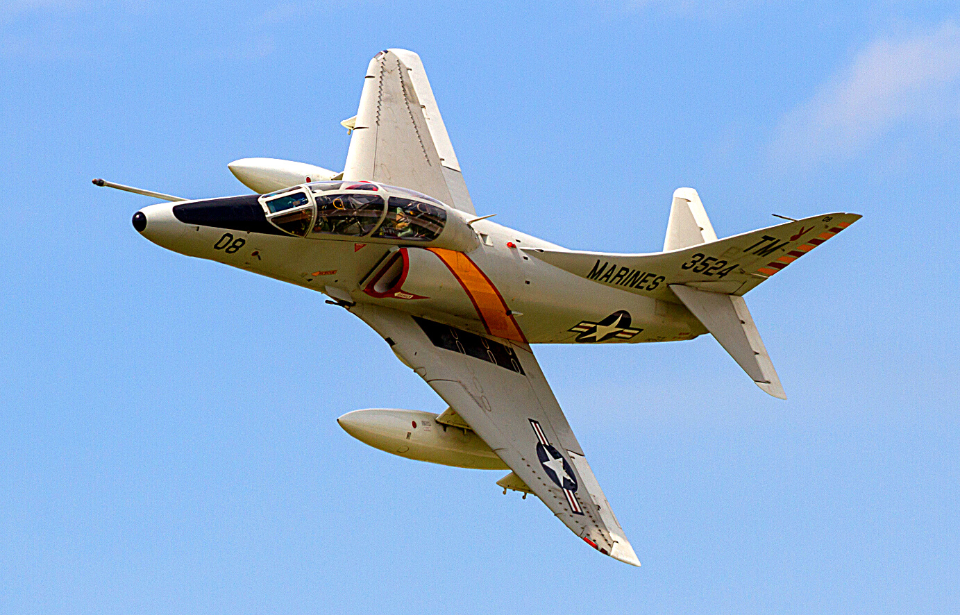
The visionary behind the initial design of the A-4 Skyhawk was Ed Heinemann, who recognized the escalating costs and weight of combat aircraft during the 1950s. As the U.S. military sought a replacement for the aging Douglas AD Skyraider, Heinemann’s design for a lightweight aircraft gained momentum. Named the A4D-1 Skyhawk, this aircraft’s development was already underway and showcased immense promise.
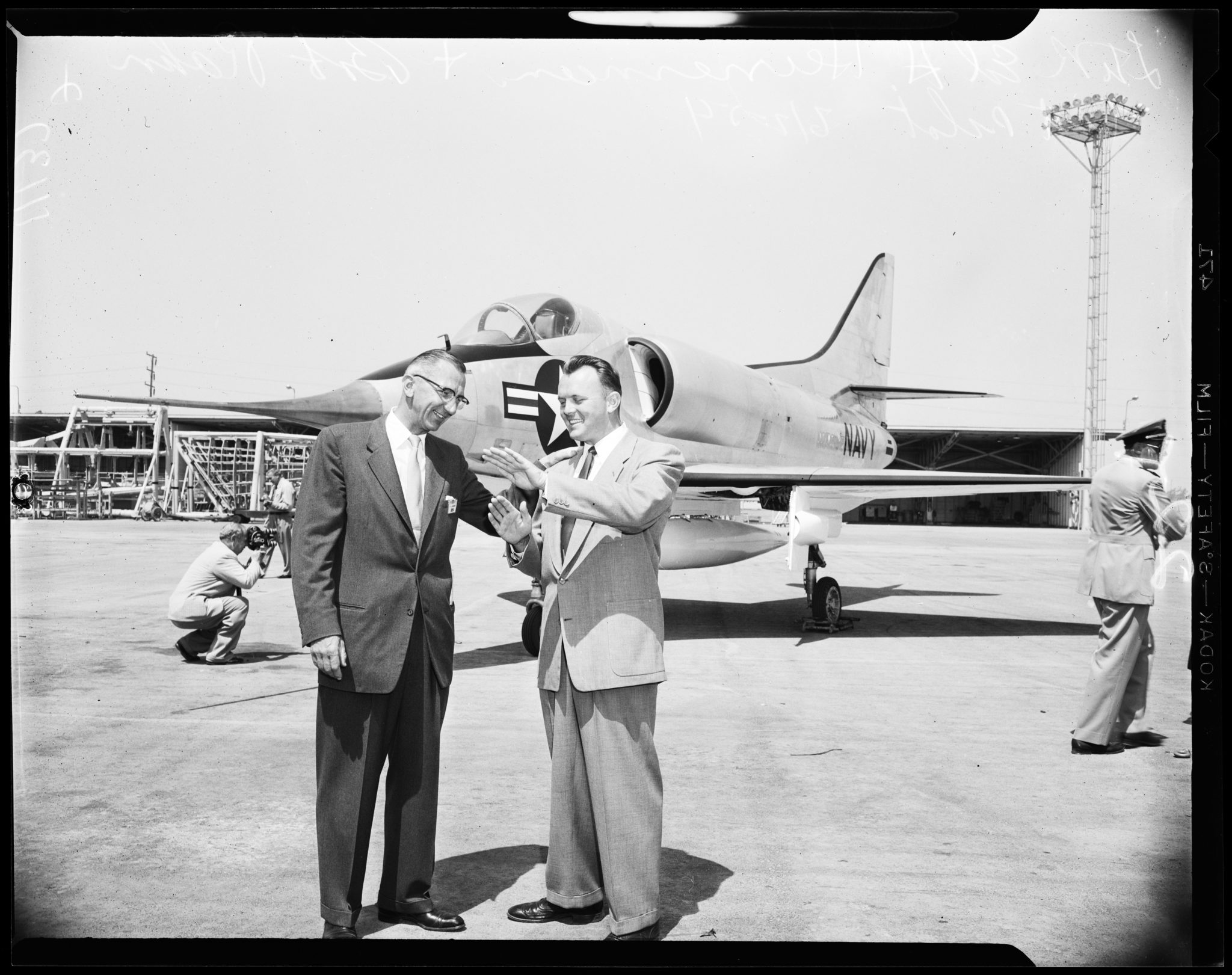
Ed Heinemann’s forward-thinking approach revolutionized the A-4’s design. Drawing from a study that highlighted the impact of weight reduction on various performance metrics, Heinemann meticulously crafted the A-4, shedding minimum weight without compromising functionality. The aircraft’s innovation extended to its features: a delta wing design eliminated the need for folding wings while shedding 200 pounds, and a compact fuel tank configuration further reduced weight. The A-4 earned nicknames like “Bantam Bomber,” reflecting its diminutive size yet robust capabilities. Surpassing expectations, the first 500 units were delivered at a remarkable 14 percent lower cost than projected.
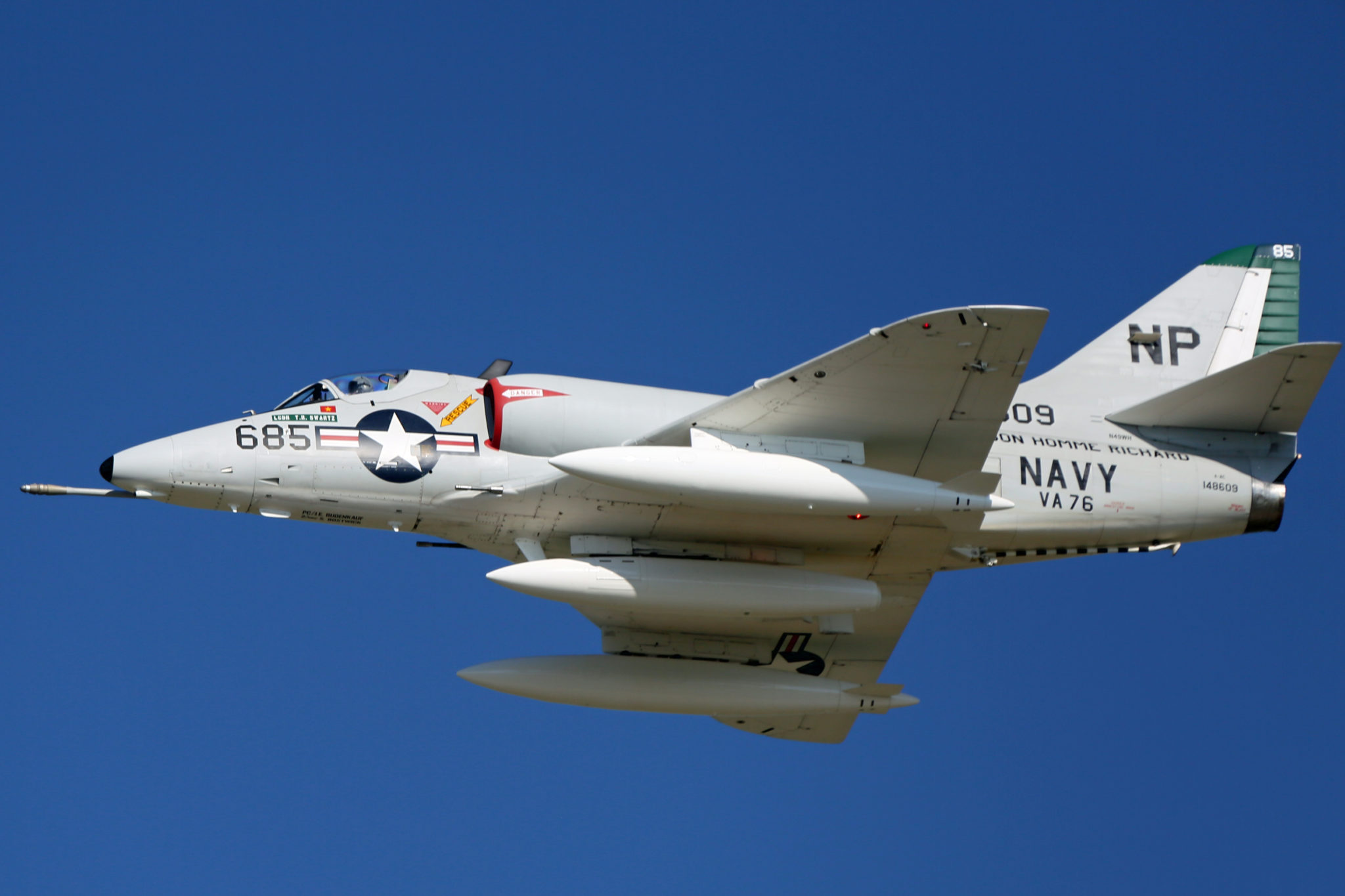
As production continued, the A-4 Skyhawk underwent multiple iterations, each building upon the strengths of its predecessor. The A-4A to A-4C models demonstrated incremental improvements, showcasing the aircraft’s adaptability and its ability to integrate enhanced features. With minor testing hiccups quickly resolved, the A-4’s success was undeniable. The subsequent A-4B variant, equipped with a new engine, hydraulics system, and air-to-air refueling capabilities, further elevated its reputation, resulting in a substantial increase in production numbers.
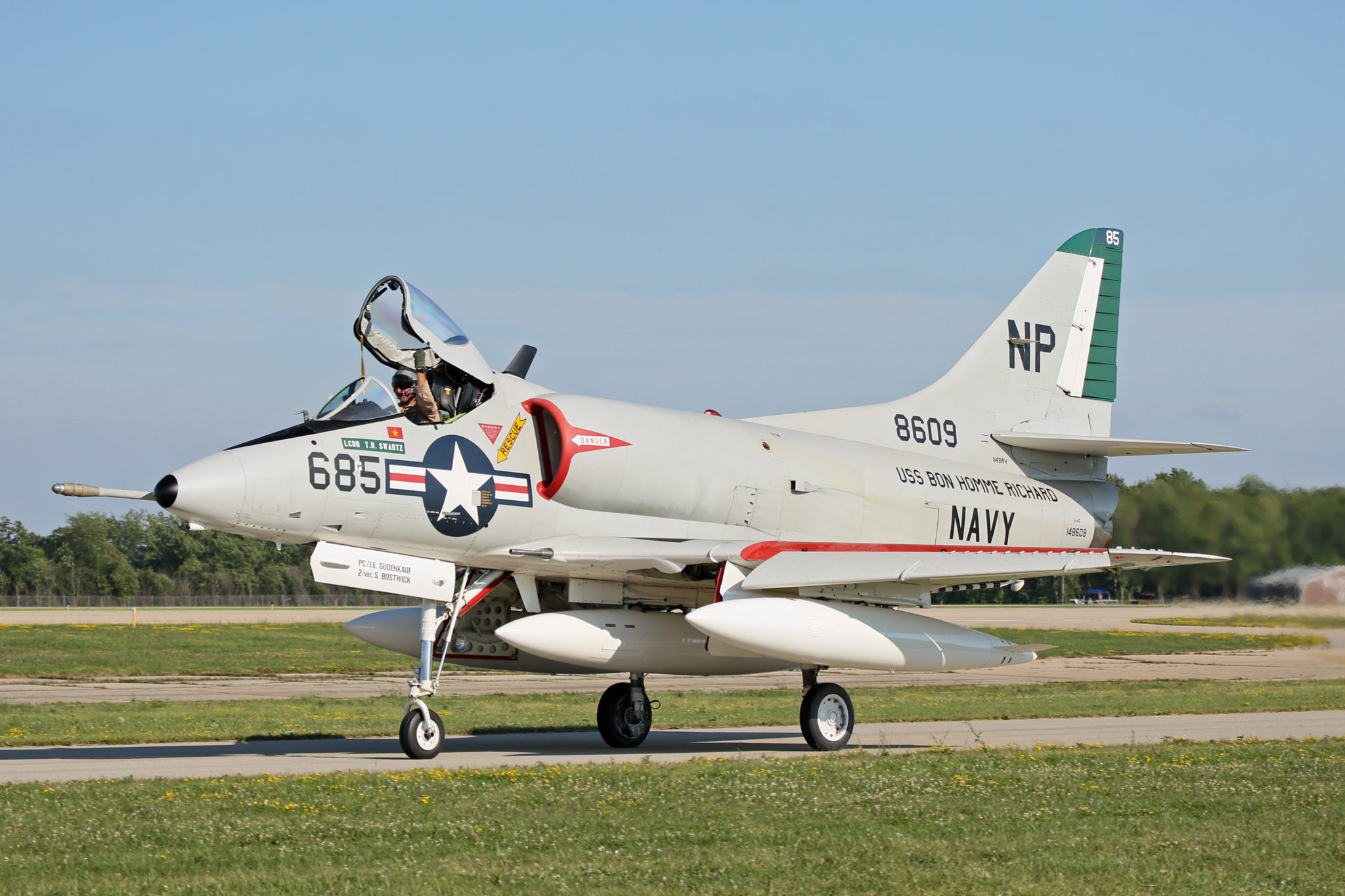
The legacy of the A-4 continued to evolve with the introduction of the A-4C variant, which boasted advanced avionics, all-weather capabilities, and an automatic flight control system. This version, known for its versatility and effectiveness, became the most produced variant in the Skyhawk series.

In response to changing military requirements, the A-4E Skyhawk emerged as a platform for specialized mission profiles. Accommodating a two-person crew and offering expanded weapon options, the A-4E’s design adaptations, including underwing weapon hardpoints and improved navigation systems, highlighted its versatility. Its service record saw it excel in various roles, including advanced training.

The A-4 Skyhawk played a pivotal role in the Vietnam War, providing vital air support to ground forces. Armed with cannons and the ability to carry external weapons pods, its compact size, speed, and maneuverability made it a reliable asset. With an impressive track record of accuracy and combat missions, the A-4 left an indelible mark on the war.
Beyond Vietnam, the A-4’s influence extended globally. Argentina’s Air Force embraced the aircraft, particularly during the Falklands War, where it showcased its prowess and resilience. Israel’s extensive adoption of the A-4 further demonstrated its international appeal, with over three hundred units in service by the 1990s.
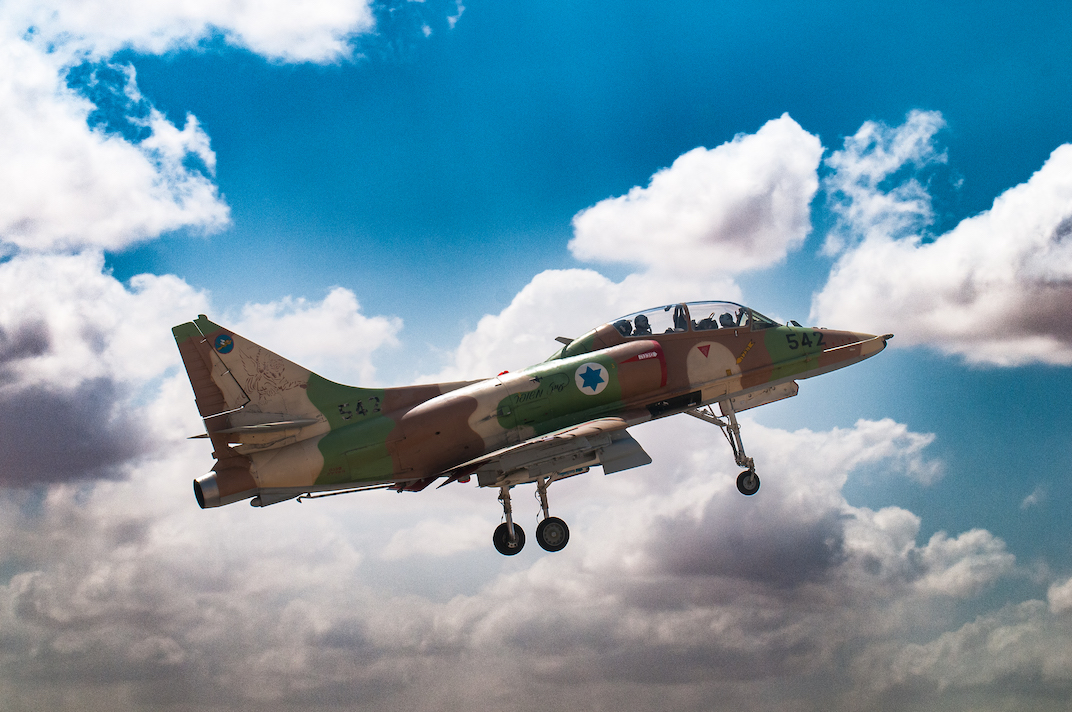
The Douglas A-4 Skyhawk’s legacy is one of versatility, adaptability, and success. From its inception by Ed Heinemann to its deployment in various conflicts around the world, this aircraft has proven its mettle time and again. Its enduring impact on aviation history stands as a testament to the brilliance of its design and the dedication of those who worked on it. As the aviation world continues to evolve, the A-4 Skyhawk’s legacy continues to inspire and shape the future of aerial warfare.





